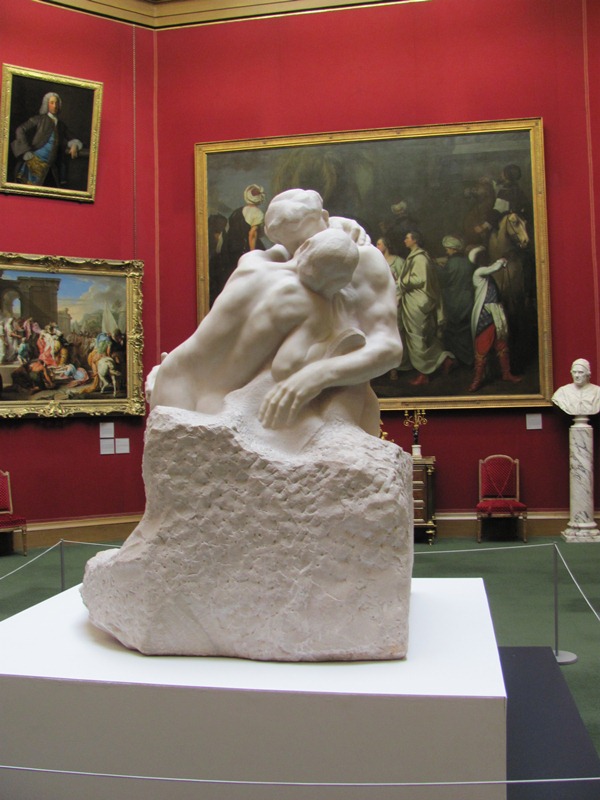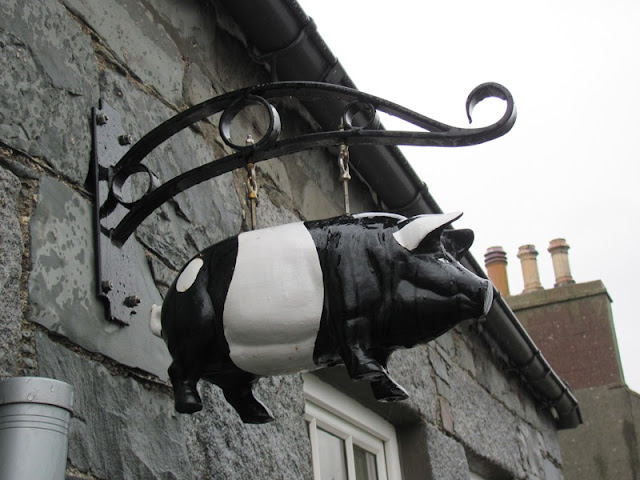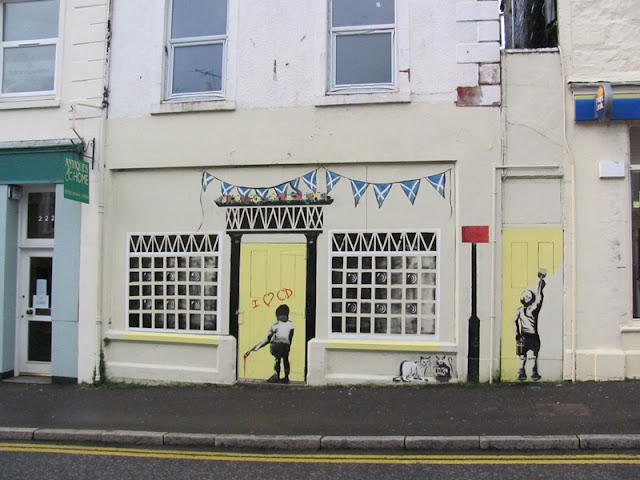The sharp eyed amongst you will spot here that this wasn't yesterday. Half past six and dark outside? These pictures were taken way back in December when I decided I would treat myself to a cup of tea.
The I Heart Cafe at the top of Leith walk in Edinburgh not only does excellent food but takes great care over their tea. But one of their jars of tea contains such unusual stuff that I felt inclined to order some from Eteaket teas. I'm sure the people in the Eteaket warehouse must just have been sitting around after the Christmas rush because this was falling through my letter box almost instantly (actually the postman knocked on the door as it just wasn't letter box sized).
The Chocolate Abyss is also an interesting tea, with it's bits of coconut, which I'm sure you're unlikely to have tasted the likes of before, but it's not what this blog is about. The tea of the moment here is called Blooming Marvellous and it certainly lives up to it's name. Eteaket's website says of it, "In our Blooming Marvellous tea, flavoured Sencha green leaf is expertly
coupled with bright mallow and sunflower petals, exquisite rosebuds,
vanilla and fresh, tangy fruit. This lively blend will be sure to put a
smile on your face and a spring in your step." I say, stick your nose in there, it smells of marshmallows.
Now here's a clever idea, fillable teabags. At last, no more guddling about with loose tea leaves - it really did discourage me away from anything that didn't come in a bag already and so many interesting teas only come loose.
Water - not quite boiled according to the website - who am I to argue.
This is the difficult bit - three minutes of patience.
Tick tick tick........
Then it's time to pour.......
......and drink.
Quite lovely.
Could it be a slight underestimation to suggest that tea has been mentioned in these pages before. I'm not alone in my liking of it though. Dr Johnson, who could not open his mouth without saying something quotable, seemed to run on it,
“Sir, I did not count your glasses of wine, why should you number up my cups of tea?”
He seemed to have passed his habit on to his biographer, James Boswell,
“I am so fond of tea that I could write a whole dissertation on its
virtues. It comforts and enlivens without the risks attendant on
spirituous liquors. Gentle herb! Let the florid grape yield to thee. Thy
soft influence is a more safe inspirer of social joy.
”
More recently in Douglas Adams' The Hitchhikers Guide to the Galaxy, Arthur Dent is faced with a potential emergency
“Arthur blinked at the screens and felt he was missing something important. Suddenly he realised what it was.
"Is there any tea on this spaceship?" he asked.”
"Is there any tea on this spaceship?" he asked.”
And last, but not least, I leave you with a little bit of Kenneth Green's Wind in the Willows.
“When the girl returned, some hours later, she carried a tray, with a
cup of fragrant tea steaming on it; and a plate piled up with very hot
buttered toast, cut thick, very brown on both sides, with the butter
running through the holes in great golden drops, like honey from the
honeycomb. The smell of that buttered toast simply talked to Toad, and
with no uncertain voice; talked of warm kitchens, of breakfasts on
bright frosty mornings, of cosy parlour firesides on winter evenings,
when one's ramble was over and slippered feet were propped on the
fender, of the purring of contented cats, and the twitter of sleepy
canaries.”
Which is probably more of a toast quote, but there again, man cannot live on tea alone.








































































